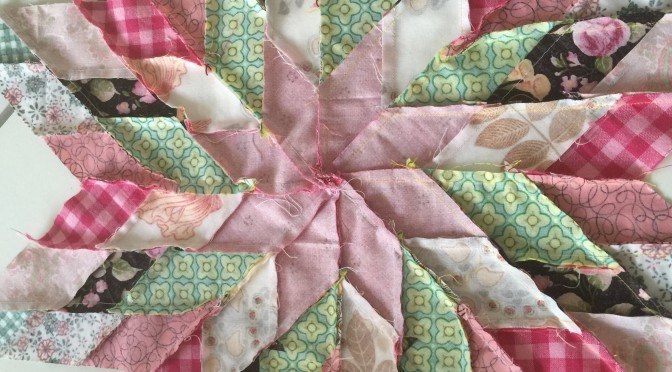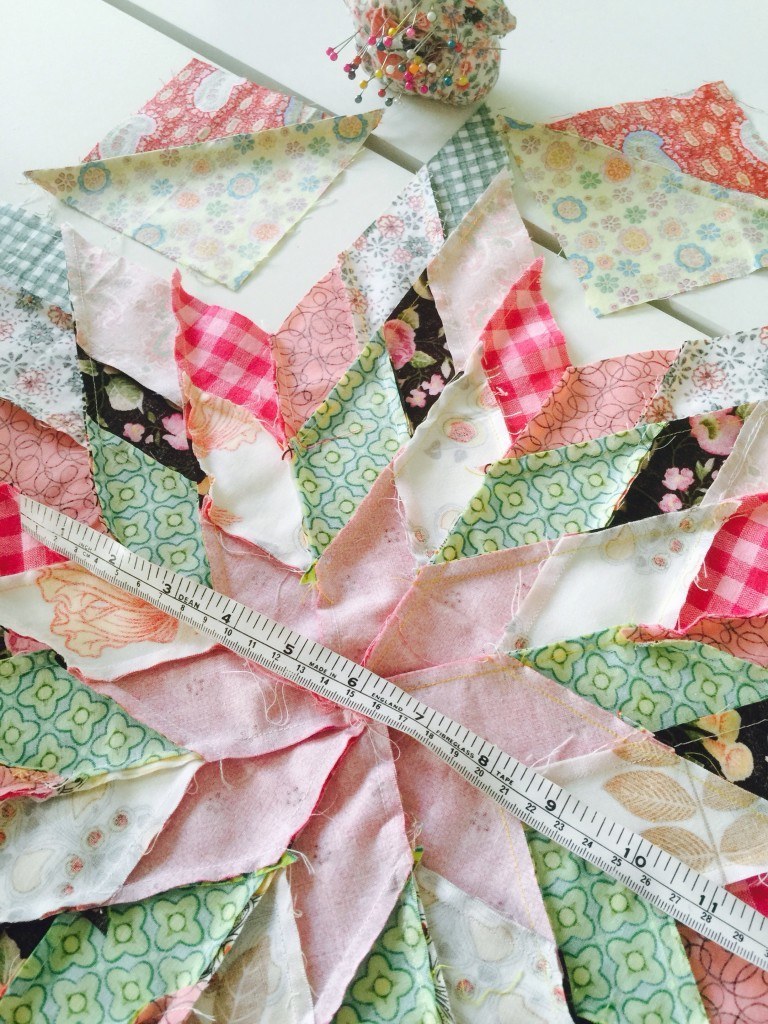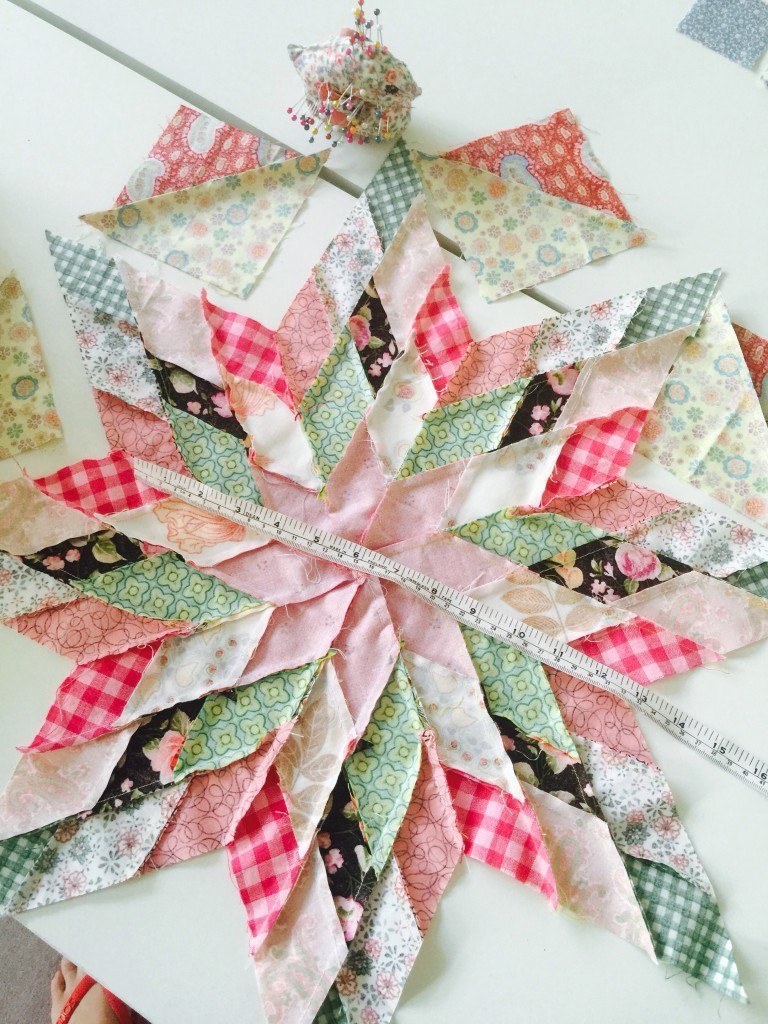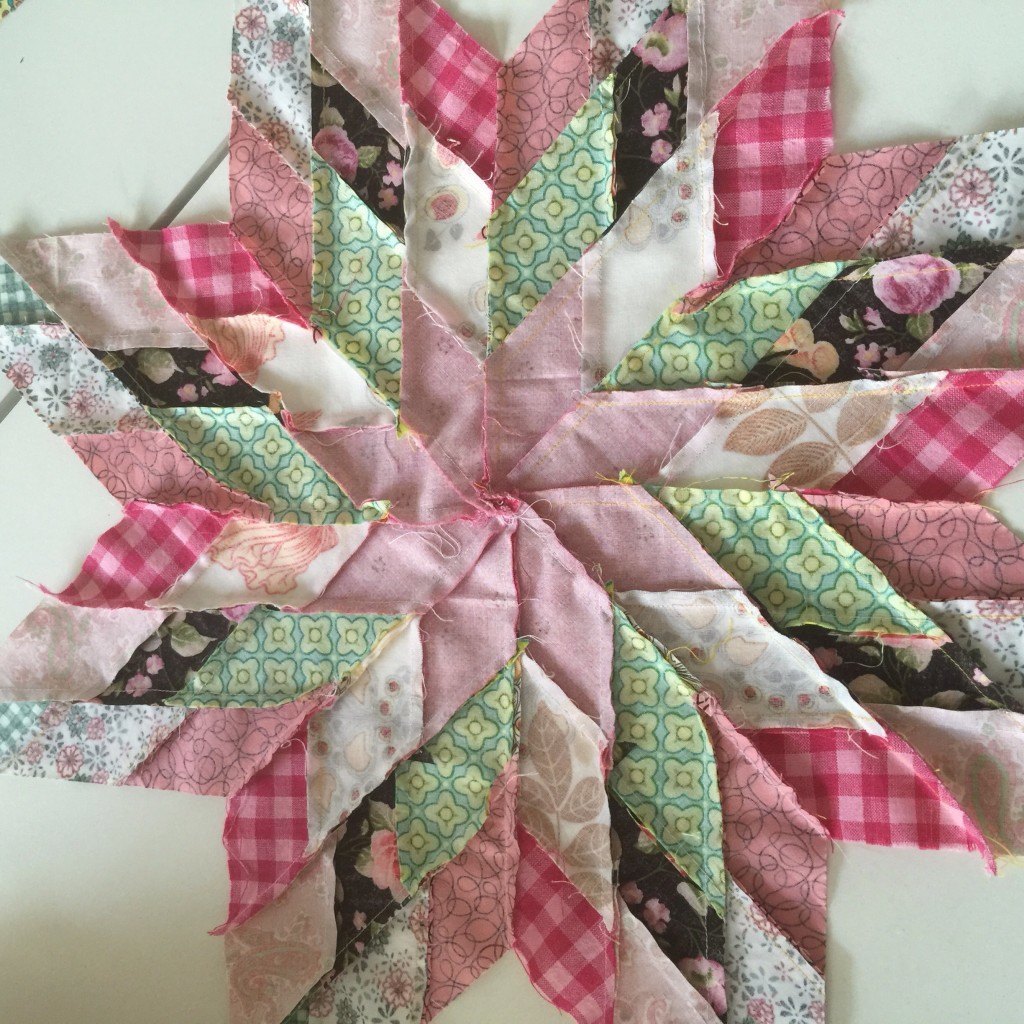In quilting seams are usually pressed to one side. There are some people who like to press their seams open. There are some important points to consider.
Pressing seams open is common in dressmaking, especially areas of the garment were there can be curved seams, otherwise it can flatten the curve on the outside. The standard seam width of about 3/8 th of an inch in dressmaking is considerably wider than a quilting seam which is 1/4 of an inch. The alternative in dressmaking is to make very small French seams which also reduce tension on any curve and prevent fraying. Garments need a wider seams to prevent fraying. Pressing open every seam in quilting especially with small blocks would be tedious and it may mean that seams bunch up in the corners of blocks. This is especially true when dealing with blocks with many seams and points. I can understand why some quilters would be interested in flat seams because their quilting can be intense, and they would be wanting to “thin” the areas to be quilted. Remember if you press everything open all the seams will show in the light fabric side. I prefer to avoid that. One other thing, if all the seams are pressed open, there is a risk of batting fibres migrating out of the quilt which would be an unfortunate unintended consequence. The quilt front should be sealed to avoid this, which is what happens when pressing to the side. If the quilt will be subject to frequent washing and heavy use, I would definately continue to press the seams toward the darker fabric wherever possible. If dealing with seams like a lone star block, all the seams should be pressed in the same direction, for example all clockwise, for the star points and alternating within the block. Actually I can’t imagine pressing open every seam on a very complex block.
Another thing to consider is why the quilt is being made and what purpose it will serve. Is it going to be a quilt for heavy use, or just to display. At the end of the day quilting is different to dressmaking. The aim is for the block to be as flat as possible, to avoid seeing seams and threads on the lighter side, to prevent stretching of seams and for the contents of the quilt to be permanently sealed inside. At the end of the day, judge the quilt and the block and use common sense to press for the best look and practicality for that block.




